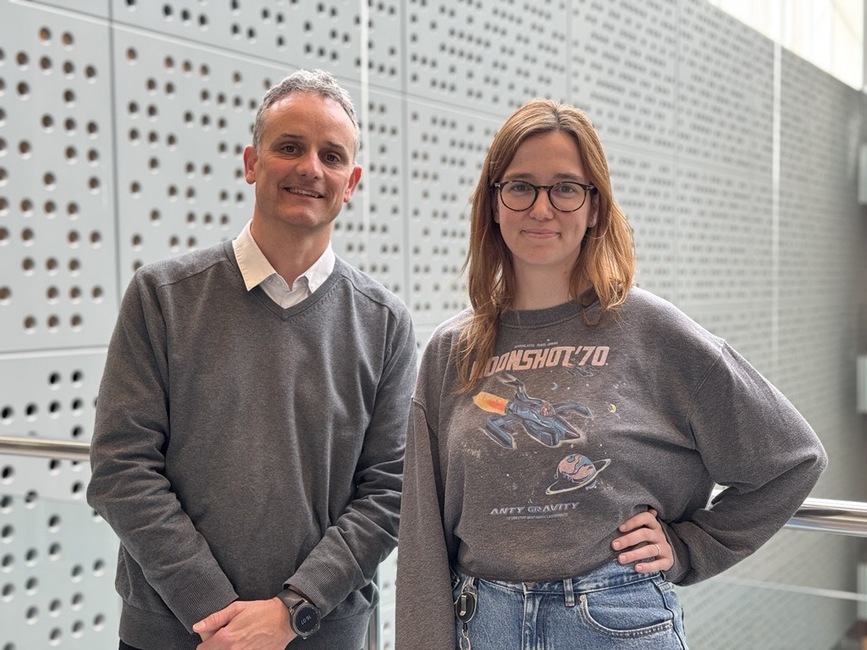Researchers find how to overcome bortezomib resistance in mantle cell lymphoma
Researchers from the Lymphoma Translational Group at the Josep Carreras Leukaemia Research Institute have just discovered that reducing TRIM24 levels within mantle cell lymphoma, may help overcome resistance to the standard chemotherapy bortezomib and restore its sensitivity to the drug during relapse. The research, a joint international collaboration, used innovative approaches to set the foundation for future studies in human patients after the preliminary tests in preclinical models.

Mantle cell lymphoma (MCL) is an aggressive form of non-Hodgkin lymphoma that exhibits a notable rate of relapse following treatment. Bortezomib, one of the common chemotherapies used, is a drug that inhibits the proteasome, an essential intracellular sewage system used to eliminate unnecessary proteins and keep the cells healthy.
Resistance to treatment is a concerning situation for patients, who see their therapeutical options being reduced. To better understand how resistance is achieved, a research team spearheaded by Dr. Núria Profitós (Josep Carreras Institute), Corentin Bouvier and Maria Gonzalez-Santamarta (both from the Laboratoire de Chimie de Coordination-CNRS, Toulouse) studied the cellular systems involved and identified a key player: TRIM24.
According to the research, recently published at the top journal Cell Death Discovery, from the Nature group, bortezomib-resistant MCL cells presented higher levels of TRIM24 than their responsive counterparts, and this could lead to the switch between two distinct systems to degrade unnecessary proteins, the proteasome and autophagy. Being bortezomib an inhibitor of the former, switching to the second system keeps the cells alive, regardless of the treatment. So, an obvious question arose: what would happen if TRIM24 levels were taken down?
Working on preclinical in ovo models, a vanguard methodology to study cancer development in eggs instead of more complex animal models, the team could confirm that lowering TRIM24 in MCL cells successfully restored bortezomib sensitivity. Indeed, when tumours were treated with both bortezomib and a PROTAC for dTRIM24, a selective drug targeting TRIM24 for degradation within the cell, formerly resistant cancer cells died in greater proportion.
The next step would be to move towards the clinical setting, testing whether the preclinical results hold when applied to real human patients. In the meantime, the new research has already proved that the coming technologies like in ovo preclinical models and PROTAC drugs, alone or in combination, might explode in the coming years as powerful new anticancer approaches in lymphoma and other cancer types.
The research has been funded in part by EU’s Horizon 2020 (UbiCODE project), the French Telethon, the Fondation Toulouse Cancer Santé (PROTRIM project), the REPERE and prématuration (ubipièges) programs of Occitanie, the Fondo de Investigación Sanitaria and by the European Regional Development Fund (ERDF) through the Interreg V-A Spain-France-Andorra (POCTEFA) program (PROTEOblood). No generative AI tools have been used in the production of this news piece.
Reference article: Bouvier, C., Gonzalez-Santamarta, M., Profitós-Pelejà, N. et al. “Role of TRIM24 in the regulation of proteasome-autophagy crosstalk in bortezomib-resistant mantle cell lymphoma”. Cell Death Discov. 11, 108 (2025). https://doi.org/10.1038/s41420-025-02355-6